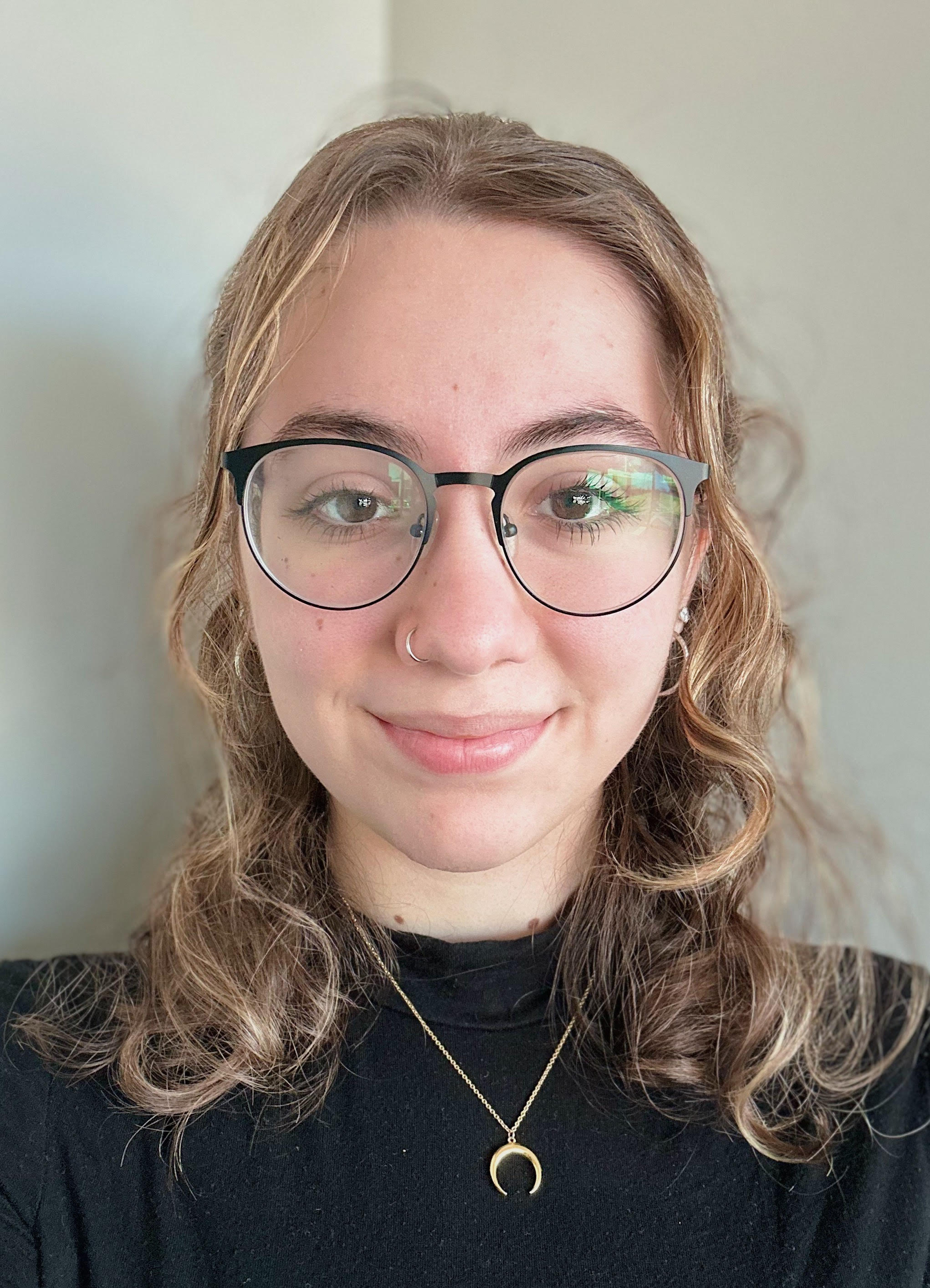Celebration of Scholars
#51: Phages Out of This World: The Effects of Microgravity on Mycobacterium Smegmatis Lysogens
 Name:
Allison Pacocha
Name:
Allison Pacocha
Major: Biology
Hometown: Muskego, WI
Faculty Sponsor: Deborah Tobiason
Other Sponsors:
Type of research: Independent research
 Name:
Jessica Leo
Name:
Jessica Leo
Major: Biology
Hometown: West Chicago, IL
Faculty Sponsor: Deborah Tobiason
Other Sponsors:
Type of research: Independent research
Abstract
Bacteriophages Cerasum, GreaseLightnin, and SpikeBT were isolated at Carthage College from the bacterial host, Mycobacterium smegmatis, purified, characterized, and then chosen for further analysis. A bacteriophage is a virus that infects bacteria and is being studied due to possible applications in phage therapy to treat antibiotic-resistant bacterial infections. The aforementioned bacteriophages were further analyzed using an array of bioinformatic algorithms to annotate each of the genomes and confirm the genes and their functions. Electron microscopy and genomic DNA sequencing revealed that all three phages are lytic, Siphoviridae phages from a variety of clusters, including Clusters A1, F1, and P1. Since its isolation in 2013, multiple research projects have been conducted on GreaseLightnin, leading up to a submitted grant in 2020 proposing a new Space Biology branch of the SEA-PHAGES program. The goals of this study were to measure the stability of phage particles and lysogens in the space flight environment as opposed to microgravity conditions simulated on earth, and to investigate how flight conditions may alter the rate of lytic induction in the phage life cycle. This experiment has implications in manned missions to Mars and the health of astronauts residing in the International Space Station as antibiotic resistance continues to become an impending issue in the medical world. In this research, we have worked to identify the lysogens in each of the phages and confirm their identification via immunity assay protocols. The remainder of the semester will entail observing the life cycles of phages GreaseLightnin, SpikeBT, and Cerasum in a variety of conditions, including space flight conditions using the HARV equipment at Carthage College to stimulate micro gravitational forces. The goal of this research is to gather a plethora of preliminary data in an attempt to resubmit the original grant with overwhelmingly affirmative data. Groundbreaking discoveries and experiments in phage biology–both on Earth and in Space–hold the future of medicine in the rising prevalence of phage therapy.
Submit date: March 30, 2023, 8:06 a.m.
